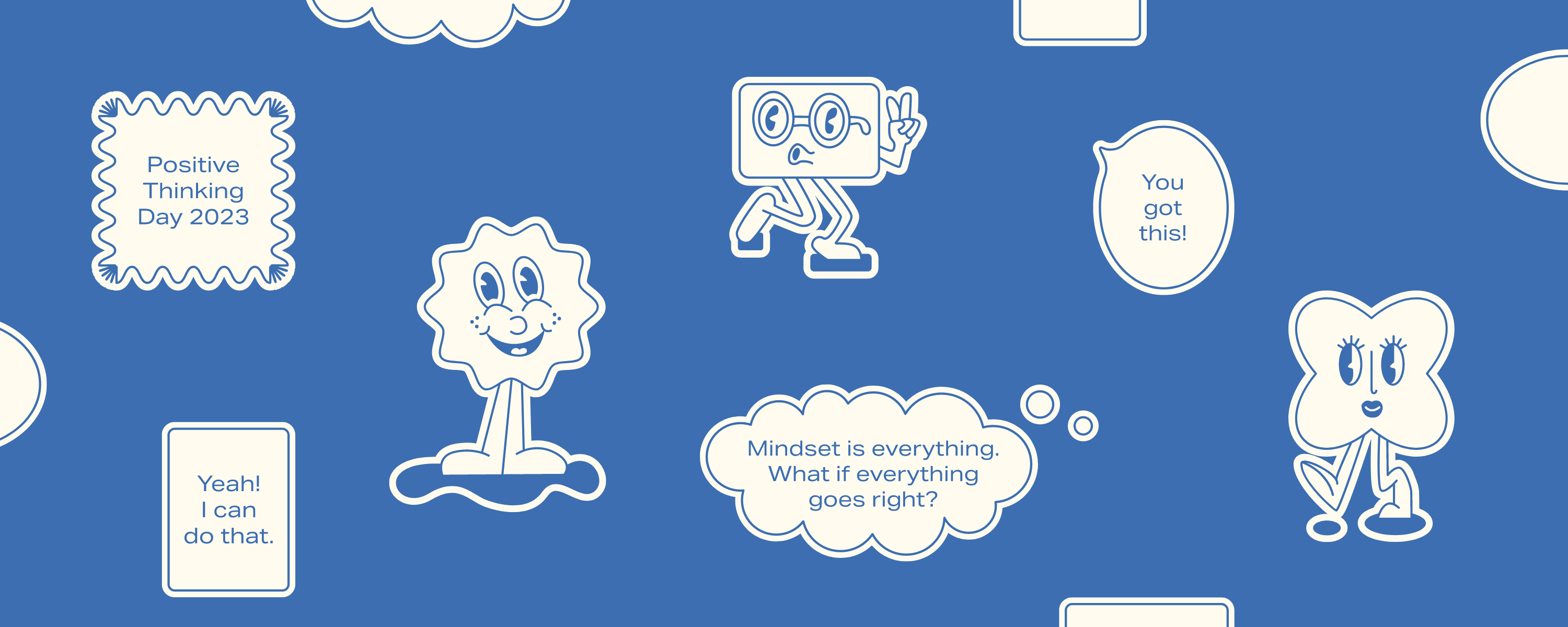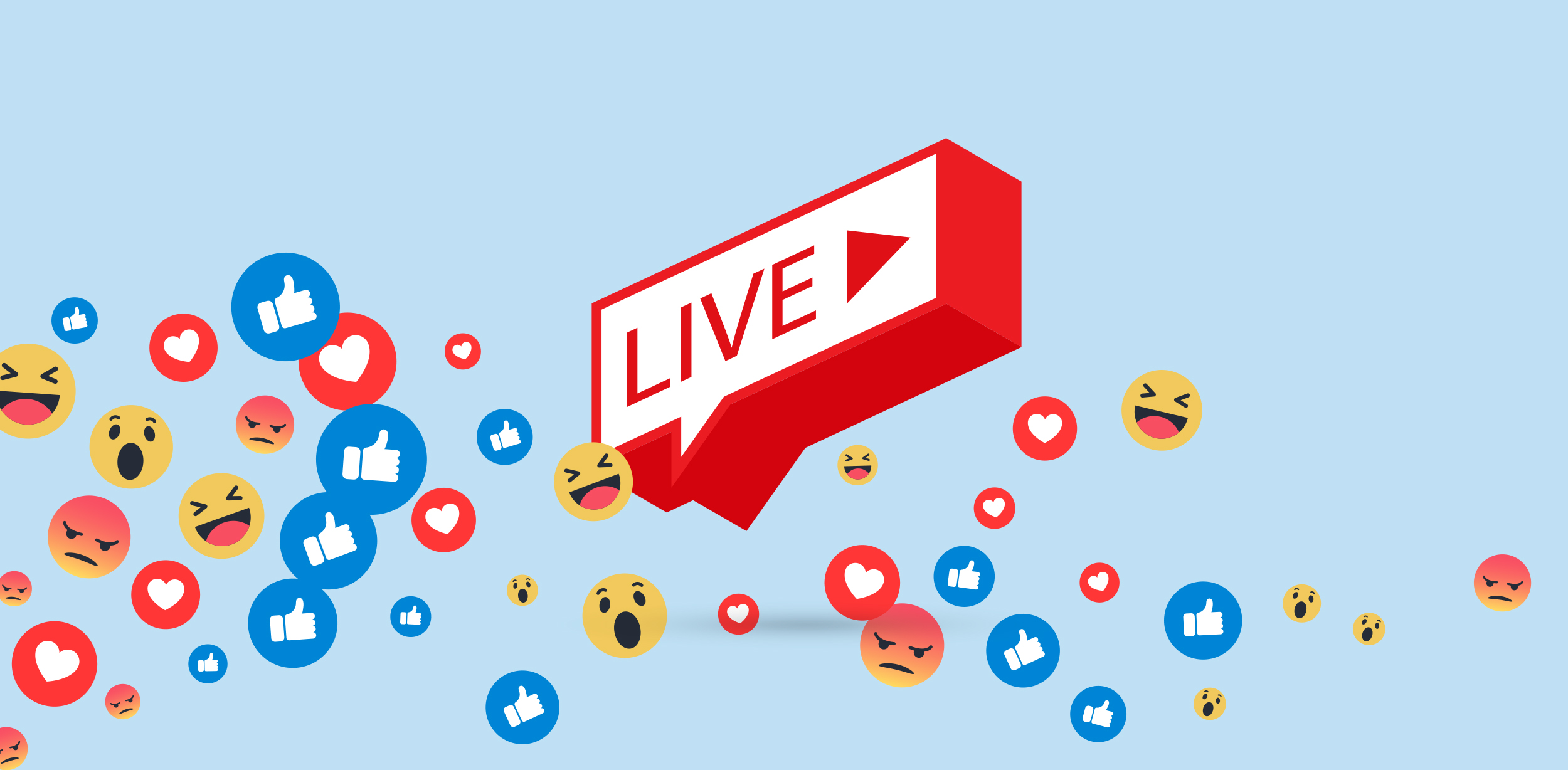


The human brain is – to put it mildly – amazing. Separated into two hemispheres and comprised of four lobes, a cerebellum, and the medulla oblongata, our brains do incredible things without us even participating. The brain is literally the control center for your entire body.
It’s also where the magic of thought, decision-making, and creativity happens. For years, neurologists and psychologists believed that the two sides of the brain (left and right) controlled different aspects of personality. The right brain was irrational and creative (artists, writers, musicians), while the left brain was rational and logical (mathematicians, engineers, scientists). Never the twain shall meet.
Right?
Wrong.
In recent years, cognitive neurologists have come to realize that where creativity is involved, the process isn’t quite so one-sided and, in fact, the two sides actually work together instead of separately.
If you could map your brain, what would it look like? Would you have little regions set aside for drawing, cursing, singing in the shower? Would there be highways and byways, side roads and dead ends?
Within each of our brains is a collection of networks, each participating in a different higher function that allows us to process information, breathe regularly, walk short and long distances, and generally go about our days as human beings (or robots, as the case may be). Recently, neuroscientists have uncovered evidence that “cognition results from the dynamic interactions of distributed brain areas operating in large-scale networks.” For those of us in the crowd not sporting M.D. after our names, that means our brains utilize different networks to achieve desired results, depending on the task at hand.
In terms of creativity, we have three networks that work together:
Reducing activation of the Executive Attention Network while increasing activation of both the Imagination and Salience networks allows the brain to loosen associations, open the mind to possibilities, imagine great things, and silence the inner critic.
In other words, it allows us to CREATE.
Let’s not get into the neuroscience of it all, mostly because it’s incredibly complex, but the gist of it is that our brains aren’t as black and white as we’ve been led to believe. Instead, creativity is messy and complicated, the type of high-level process that takes a village, only instead of people it’s a village made up of hemispheres, areas, neurons, and networks.
The next time someone asks if you’re a left brain or a right brain, let them know that you’re a whole brain with a bunch of networks firing ideas off at the same time. If anything, it’ll spark one heck of a creative conversation.


